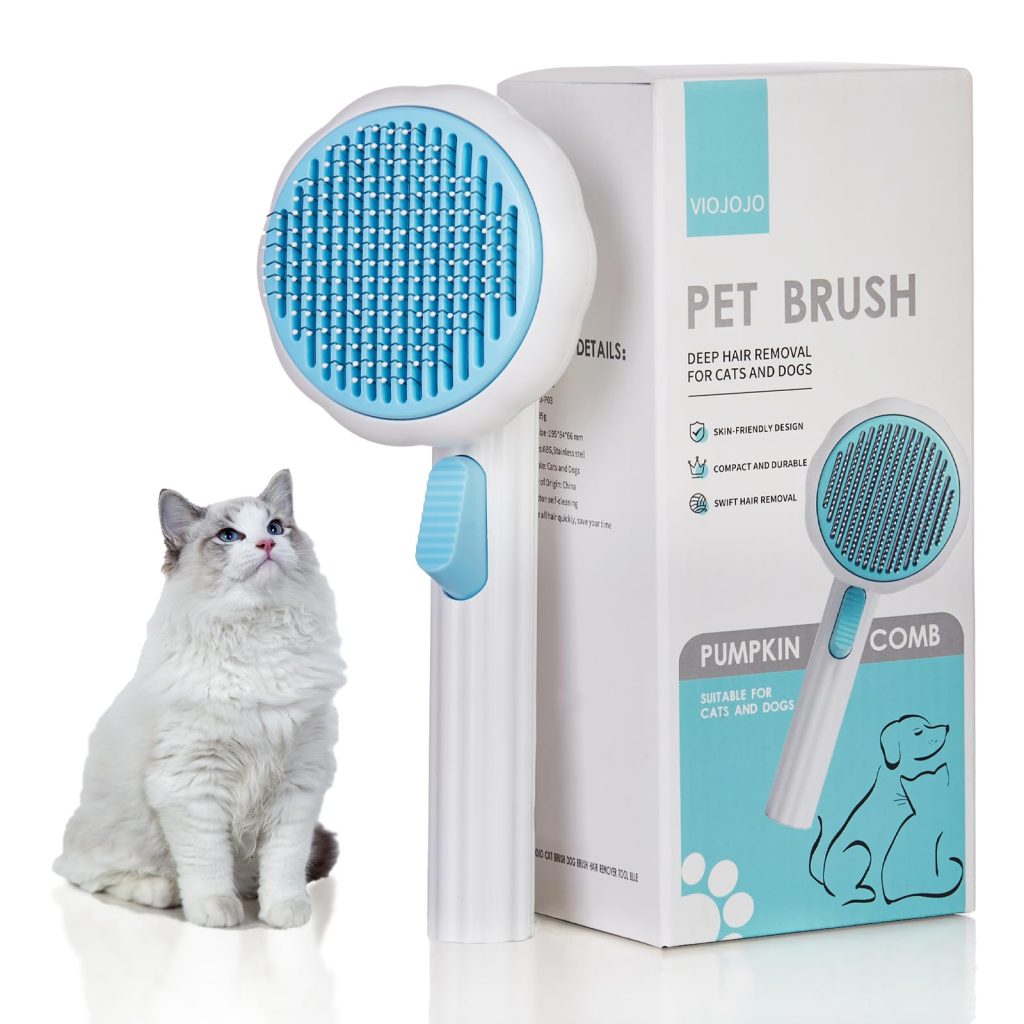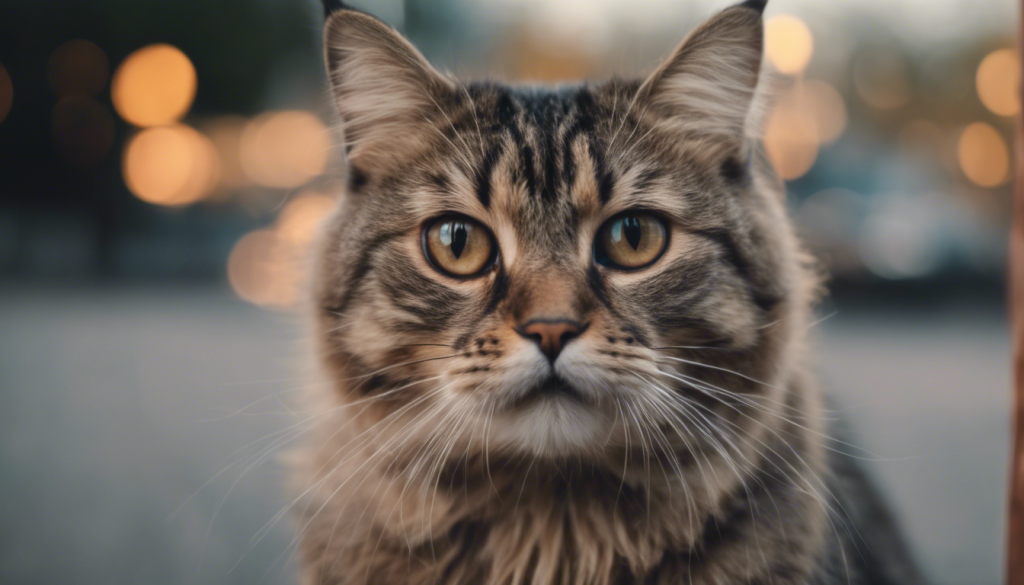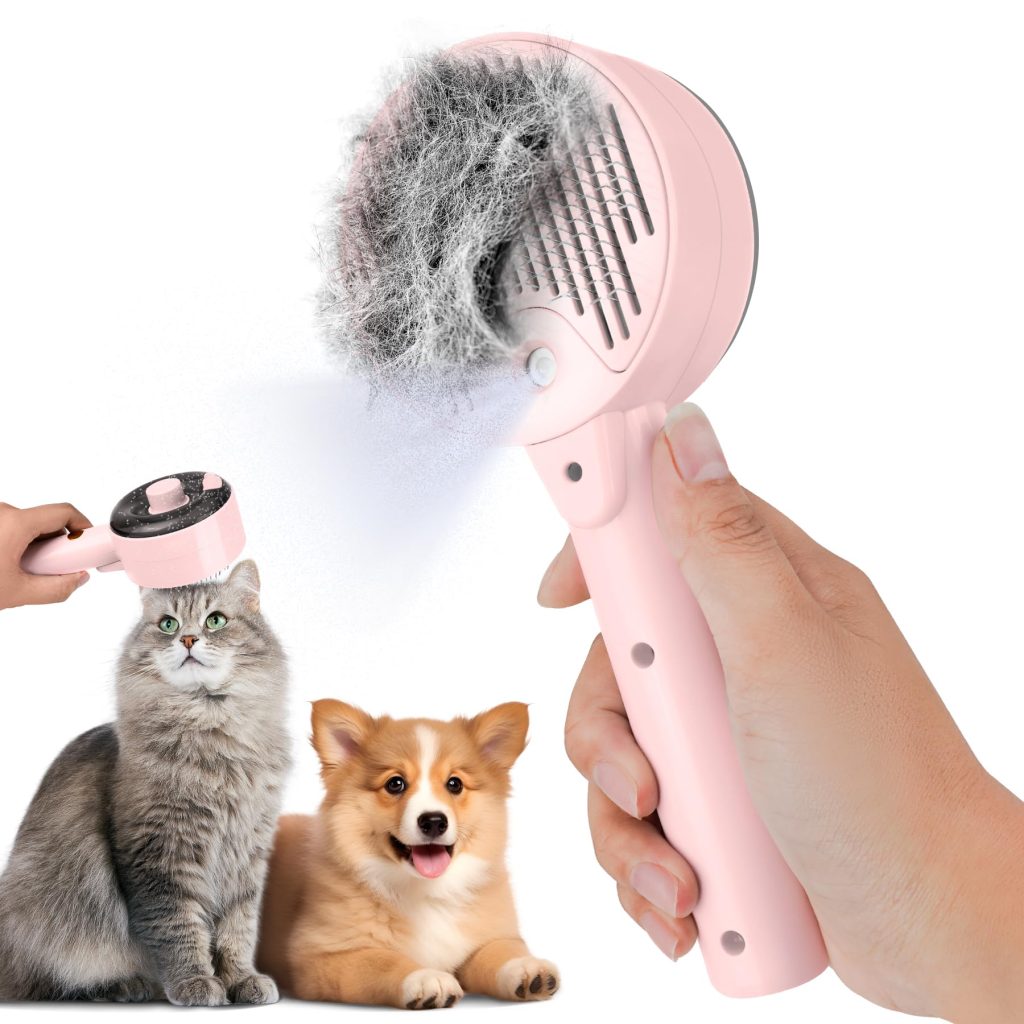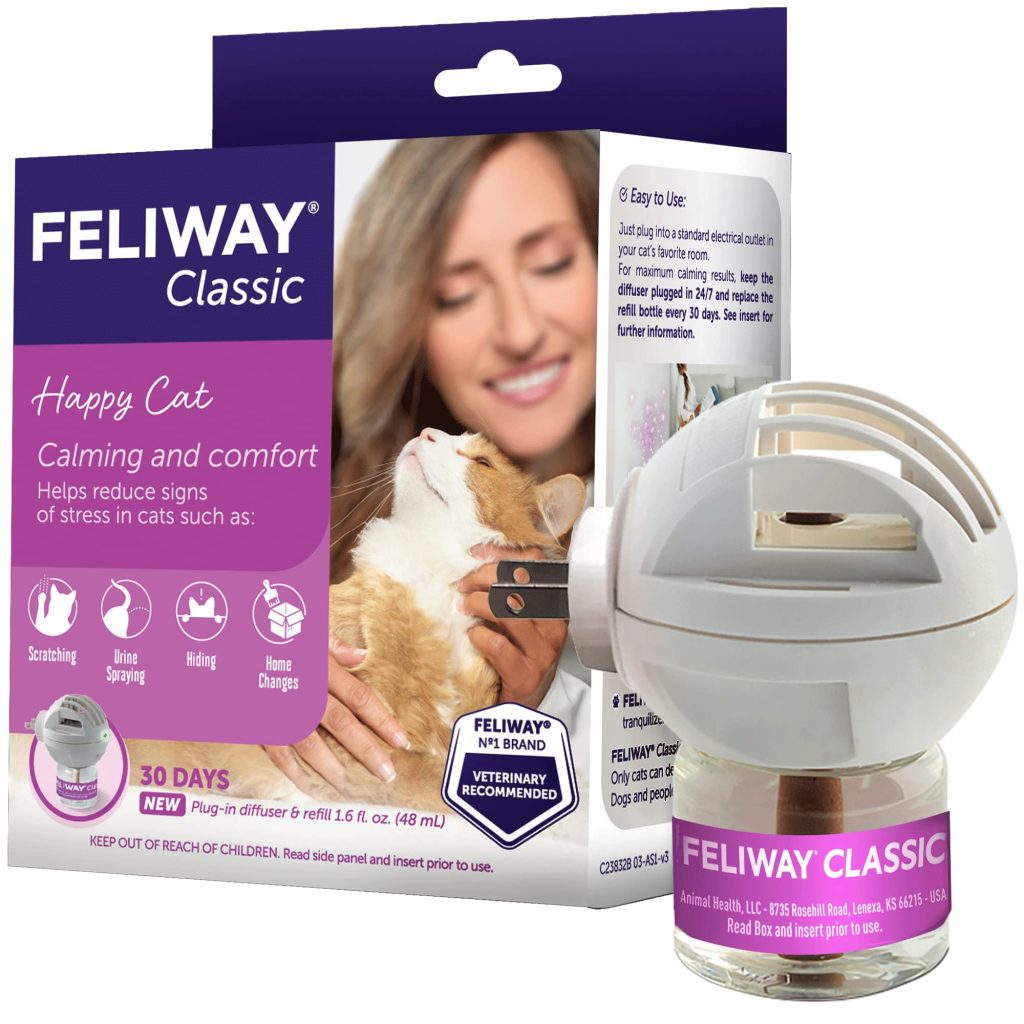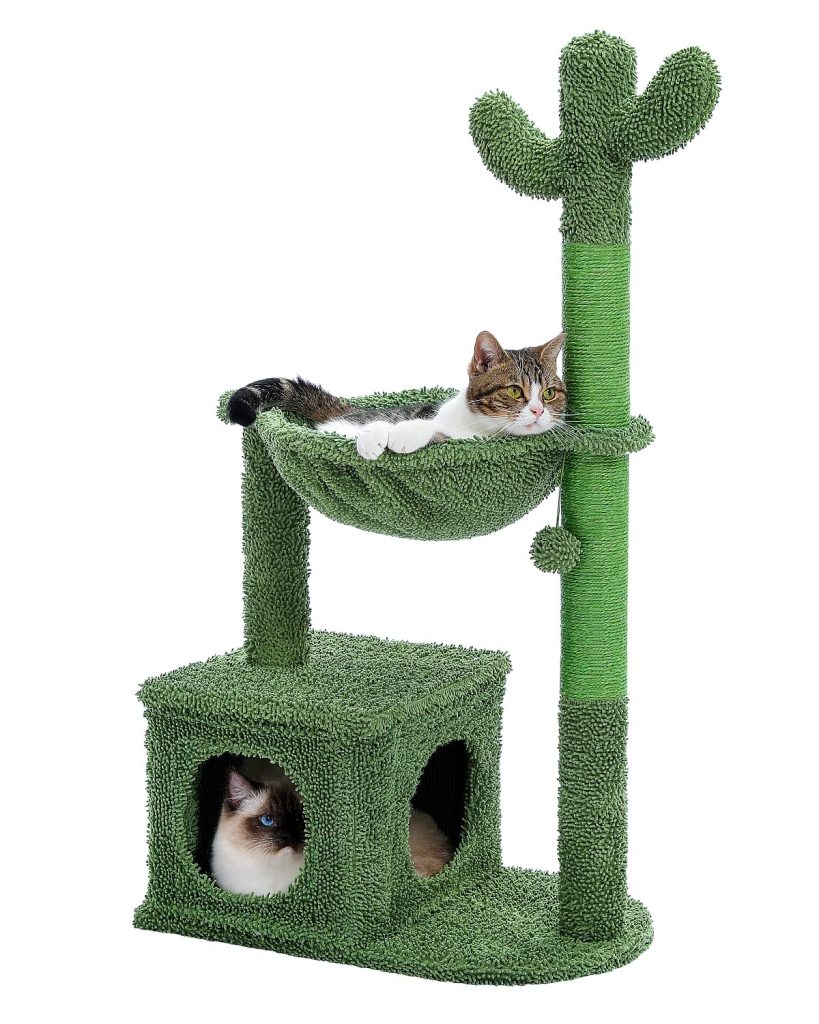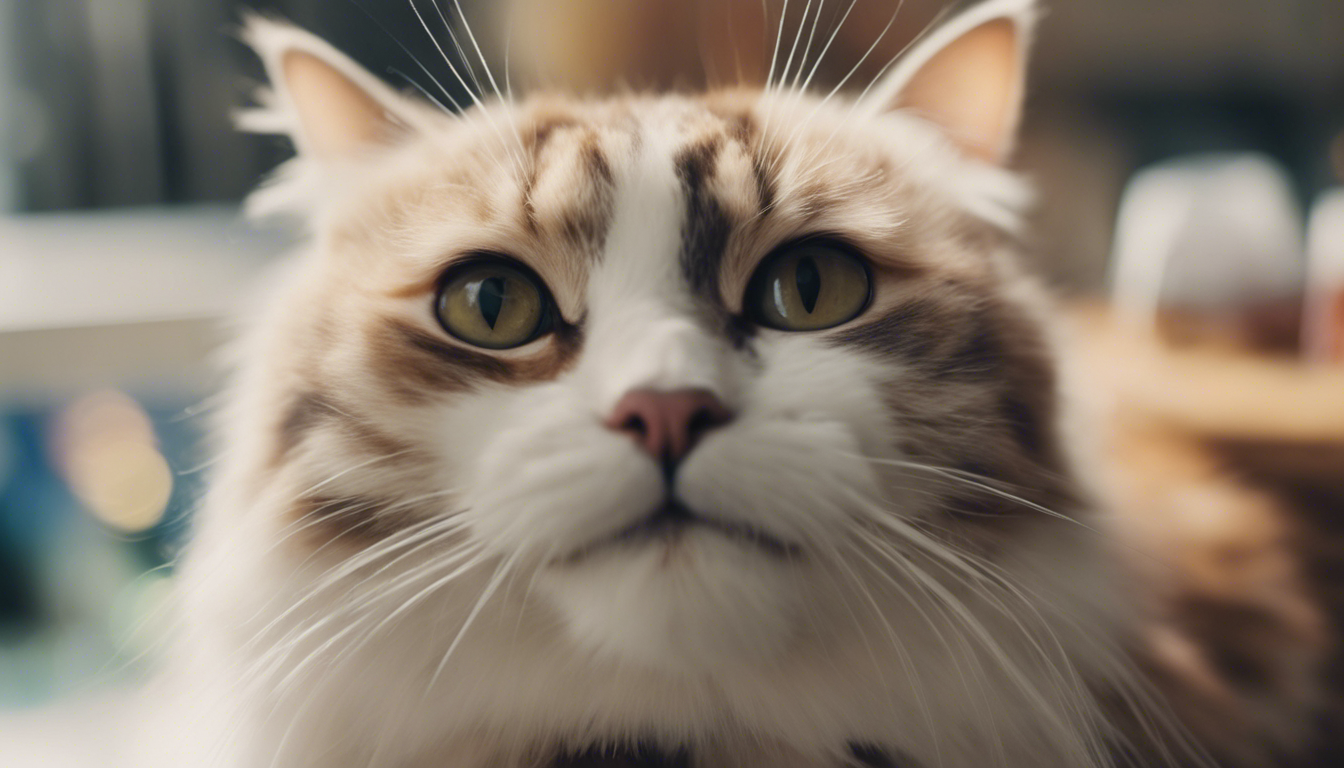
Grooming is an essential part of caring for your feline companion. It helps maintain their coat, keep their claws in check, and promotes their overall health and well-being. One aspect of grooming that often sparks discussion is whether or not to shave your cat. While there are pros and cons to ponder, ultimately the decision should be based on the individual needs and characteristics of your cat.
Coat Care
Your cat’s coat plays a vital role in regulating body temperature, protecting their skin, and providing insulation. Shaving your cat’s fur removes this natural layer of protection, leaving them vulnerable to temperature fluctuations, sunburn, and other environmental factors. However, there are situations where shaving might be necessary or beneficial.
- Matting: Some long-haired cats are prone to matting, which can be uncomfortable and even painful for them. In severe cases, shaving may be the best option to eliminate the mats and save your cat from discomfort.
- Medical Conditions: Certain medical conditions, such as skin allergies or hot spots, might require shaving to provide easier access for treatments and medications. Consult with your vet to determine if shaving is necessary in these circumstances.
- Excessive Shedding: Shaving your cat can reduce shedding and make it easier to manage hair around your home. However, it is important to note that shaving alone will not stop shedding entirely.
Claw Maintenance
In addition to coat care, regular claw maintenance is important for your cat’s health. Some cat owners opt to have their cats’ claws trimmed or even declawed. Shaving your cat does not directly impact claw maintenance, but it can indirectly affect it.
- Visibility: Shaving can enhance the visibility of your cat’s claws, making it easier for you to monitor their health and length. This can be particularly helpful if your cat has black or dark-colored claws.
- Scratching Surfaces: Cats naturally scratch to remove the outer layer of their claws, keeping them sharp and healthy. Shaving can potentially affect their ability to use scratching surfaces effectively. Ensure your cat has appropriate scratching posts or platforms if you choose to shave them.
Grooming Techniques
If you decide that shaving is the ideal present for your cat, it is essential to approach the grooming process with care. Here are a few tips to help make the experience as comfortable and stress-free as possible:
- Familiarize Your Cat: Start by introducing your cat to the grooming tools gradually. Allow them to sniff and explore the clippers or scissors before attempting to use them.
- Use Safety Measures: Opt for clippers specifically designed for pets, as they have features to prevent accidents or injuries. Take care to avoid cutting the delicate skin of your cat during the shaving process.
- Seek Professional Help: If you’re unsure about shaving your cat or they become highly stressed during grooming, consider reaching out to a professional groomer who specializes in feline grooming.
Remember, every cat is unique, and what works for one may not work for another. Take your cat’s personality, health, and individual needs into account when deciding whether or not to shave them.
While regular grooming is important for your cat’s health, be cautious when making decisions about altering their natural coat. Consult with your veterinarian or a professional groomer to determine the best grooming approach for your feline companion.
